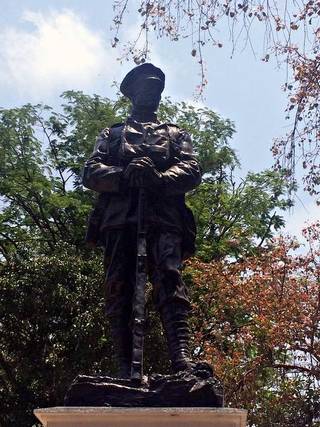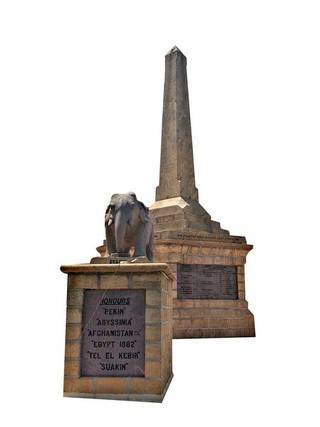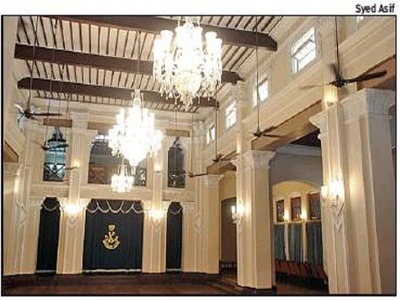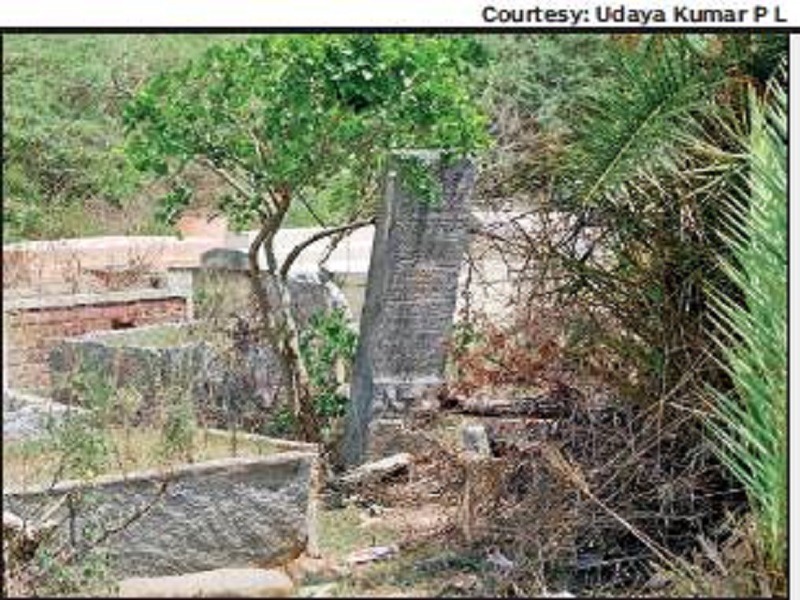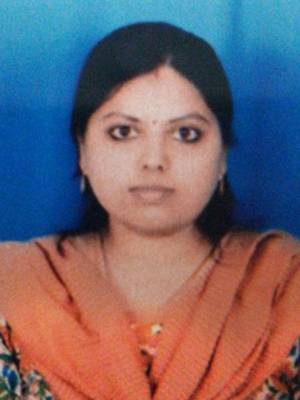
Easy access to expensive equipment
Soon researchers in any college or institution and research organisations can check, reserve and have easy access to even expensive research equipment and facilities anywhere in India, thanks to the efforts by the Centre for Nano Science and Engineering (CeNSE) at the Indian Institute of Science, Bengaluru.
The centre is in the process of collating information about scientific and research equipment and facilities available at academic institutions and research organisations across the country.
Online reservation
The portal — Indian Science, Technology and Engineering Facilities Map (I-STEM) — will soon become operational. The government green signalled the project last month.
The institutions and organisations that have the equipment and facilities will provide access to researchers for both academic and non-academic work through an online reservation system.
‘Many benefits’
“This initiative will have many benefits. It will provide access to researchers to any equipment or facility that has been procured using public funds, the equipment will be better utilised and it will avoid duplication of expensive equipment as much as possible,” says Dr. Sanjeev Kumar Shrivastava of CeNSE and one of the two researchers who came up with this idea. “Sharing expensive equipment can bring down the cost of doing research in India.”
Putting to rest the fear that this initiative may come in the way of premier institutions which are just coming up from procuring essential equipment, Prof. Navakanta Bhat, chairman of CeNSE and the principal investigator of the I-STEM project, says: “Each institute will need certain equipment that is absolutely necessary and essential for regular use. It is not at all the intent of this initiative to stop such institutes from procuring equipment but to ensure that each instrument is better used.”
“We are trying to replicate the Indian Nanoelectronic Users Programme (INUP) model at CeNSE and IIT Bombay that has been in operation since 2008 to provide access to sophisticated device fabrication and analytical equipment to any academic researcher in the country. I-STEM is inspired by our positive experience with INUP,” says Dr. S.A. Shivashankar, visiting professor at CeNSE and the other person who is the brain behind this initiative.
The idea of starting a national network was shared with Dr. R. Chidambaram, former Principal Scientific Adviser.
The proposal was formally sent to the government in November last year.
source: http://www.thehindu.com / The Hindu / Home> Science / by R Prasad / Chennai – April 19th, 2018


